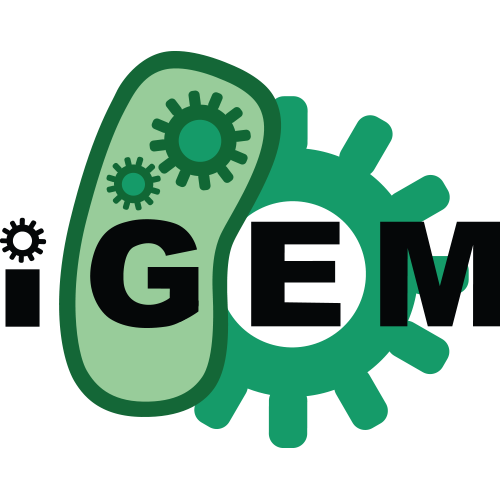Source:
Generated By: https://synbiohub.org/public/igem/igem2sbol/1
Created by: Hsieh Tien-Chan
Date created: 2012-04-25 11:00:00
Date modified: 2015-05-08 01:13:42
Homo sapiens solute carrier family 12 (potassium/chloride transporters), member 4 (SLC12A4)
| Types | DnaRegion |
| Roles | Coding CDS |
| Sequences | BBa_K896988_sequence (Version 1) |
Description
Most K-Cl cotransport in the erythrocyte is attributed to potassium chloride cotransporter 1 (KCC1). K-Cl cotransport is elevated in sickle erythrocytes, and the KCC1 gene has been proposed as a modifier gene in sickle cell disease. To provide insight into our understanding of the regulation of the human KCC1 gene, we mapped the 5′ end of the KCC1 cDNA, cloned the corresponding genomic DNA, and identified the KCC1 gene promoter. The core promoter lacks a TATA box and is composed of an initiator element (InR) and a downstream promoter element (DPE), a combination found primarily in Drosophila gene promoters and rarely observed in mammalian gene promoters.Notes
In vitro DNase I footprinting, electrophoretic mobility shift assays, and reporter gene assays identified functional AP-2 and Sp1 sites in this region. The KCC1 promoter was transactivated by forced expression of AP-2 in heterologous cells. Sequences encoding the InR, DPE, AP-2, and Sp1 sites were 100% conserved between human and murine KCC1 genes. In vivo studies using chromatin immunoprecipitation assays with antihistone H3 and antihistone H4 antibodies demonstrated hyperacetylation of this core promoter region. (Blood. 2004;103:4302-4309)Source
reference:Human potassium chloride cotransporter 1 (SLC12A4) promoter is regulated by AP-2 and contains a functional downstream promoter element
Guo-Ping Zhou, Clara Wong, Robert Su, Scott C. Crable, Kathleen P. Anderson, and Patrick G. Gallagher
